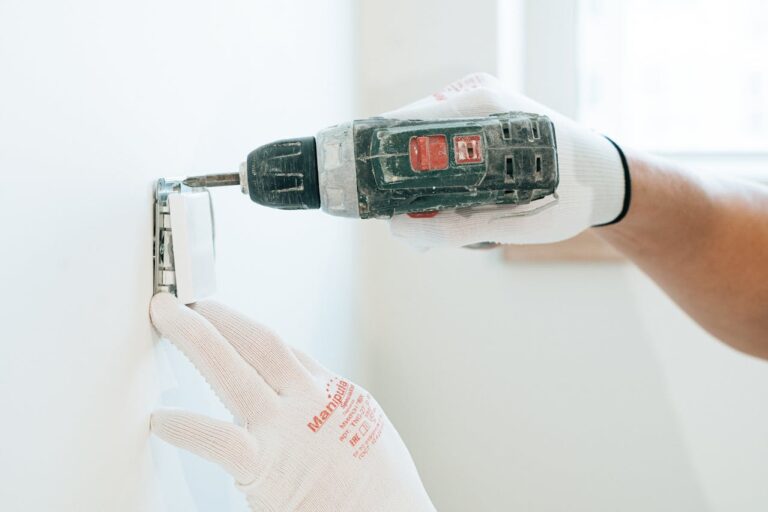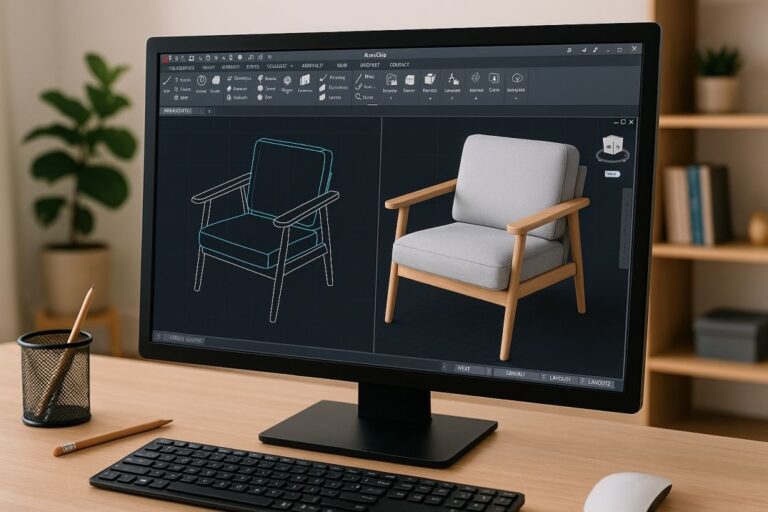
The automotive industry is constantly evolving—pushing the limits of performance, safety, and design. Behind the sleek lines and powerful engines of modern vehicles lies a world of precision engineering, where every component must meet strict standards. At the heart of this innovation is CNC machining—a technology that has reshaped how automotive parts are designed, developed, and produced. From prototyping to large-scale manufacturing, CNC machining ensures accuracy, efficiency, and consistency that traditional methods simply cannot match.
Understanding CNC Machining in the Automotive Sector
CNC (Computer Numerical Control) machining is a manufacturing process that uses computer software to control machinery and tools. These machines—such as mills, lathes, routers, and grinders—cut, drill, and shape raw materials into finished parts with incredible precision.
In the automotive industry, CNC machining plays a vital role in producing both prototype and production parts. Whether it’s a tiny engine component or a large chassis frame, CNC technology ensures that every piece meets exact design specifications. This level of precision is essential in an industry where even the smallest deviation can impact safety, performance, and fuel efficiency.
Precision and Accuracy: The Foundation of Automotive Manufacturing
Modern vehicles comprise thousands of individual components that must fit and function perfectly together. CNC machining provides the high level of dimensional accuracy and repeatability required to meet these demands.
For example:
- Engine blocks and cylinder heads are CNC machined to maintain uniform bore diameters and surface finishes.
- Gearbox housings and transmission parts rely on CNC milling for perfect alignment and tolerance.
- Brake system components, including calipers and discs, require precision machining to ensure reliable operation under extreme conditions.
CNC machines can hold tolerances as tight as a few microns, which ensures that parts meet exacting standards across multiple production runs. This precision not only improves performance but also enhances the lifespan and reliability of the vehicle.
CNC Machining in Automotive Prototyping
Before a new car hits the road, it goes through years of research, design, and testing. Prototyping is a crucial stage in this process—and CNC machining is often the go-to method for creating functional prototypes.
CNC machining allows engineers to transform digital CAD models into physical parts quickly. Unlike 3D printing, which may be limited by material strength and surface finish, CNC machining produces prototypes from real metals and plastics. This means that engineers can test components under realistic conditions, from engine heat to road vibrations.
With CNC machining, design teams can:
- Rapidly produce prototype components for testing and evaluation.
- Modify and iterate designs quickly based on test results.
- Validate the fit, form, and function of parts before mass production.
The ability to move seamlessly from design to production-ready parts helps automakers shorten development cycles and bring innovative vehicles to market faster.
Mass Production with CNC Machining
While CNC machining excels at prototyping, it’s equally powerful in mass production. Modern CNC machines are equipped with automatic tool changers, robotic arms, and real-time monitoring systems that allow continuous, unattended operation.
This automation ensures consistent quality, high throughput, and reduced human error. For the automotive industry, where millions of identical parts must be produced each year, CNC machining offers unmatched reliability and efficiency.
CNC machining is widely used to manufacture:
- Drivetrain components such as crankshafts, camshafts, and gears.
- Suspension parts like control arms, knuckles, and brackets.
- Interior and exterior trim elements requiring custom finishes.
- Molds and dies for injection molding, forging, and casting processes.
The ability to program machines to perform multiple operations in a single setup also minimizes downtime and increases production speed—an essential advantage in a competitive industry.
Material Versatility: Meeting Every Automotive Need
CNC machining is compatible with a wide range of materials, from lightweight aluminum to high-strength steel and engineering plastics. This versatility allows automakers to select materials that balance strength, weight, and cost for specific applications.
For instance:
- Aluminum is often used for engine and transmission housings due to its light weight and heat dissipation.
- Titanium is chosen for high-performance vehicles where strength-to-weight ratio and corrosion resistance are critical.
- Steel and stainless steel remain essential for structural and safety components.
- Engineering plastics are machined for dashboard elements, sensors, and electronic housings.
By using CNC machining, manufacturers can achieve excellent surface finishes and dimensional accuracy across all these materials—ensuring every part meets both functional and aesthetic standards.
Customization and Design Flexibility
The growing trend toward custom and limited-edition vehicles has increased the demand for flexible manufacturing solutions. CNC machining makes it possible to produce customized parts without the need for expensive tooling changes or molds.
Luxury and sports car manufacturers, in particular, leverage CNC machining to create bespoke components—such as custom wheels, gear knobs, and dashboard panels. Engineers can modify digital designs easily and produce small batches with minimal setup time, enabling a high degree of personalization while maintaining precision and quality.
The Role of CNC Machining in Electric Vehicles (EVs)
As the automotive industry transitions toward electric mobility, CNC machining continues to play a central role in shaping this transformation. EVs require lightweight yet durable components to optimize battery life and range, as well as specialized parts like electric motor housings and battery enclosures.
CNC machining supports EV development by enabling:
- Production of complex motor and transmission parts from lightweight materials.
- Machining of battery trays and thermal management systems with high accuracy.
- Rapid prototyping for new EV designs, allowing faster innovation and testing.
By combining advanced CNC equipment with digital design and simulation tools, manufacturers can develop and refine next-generation EVs more efficiently than ever before.
Quality Control and Consistency
CNC machining ensures not just precision but also consistency—a cornerstone of automotive manufacturing. Integrated software systems and automated inspection tools allow real-time monitoring of dimensions and surface finishes.
Manufacturers use CMM (Coordinate Measuring Machines) and in-line sensors to verify tolerances and identify deviations immediately. This digital feedback loop guarantees that each component, whether the first or the millionth, meets the same exacting standards.
Looking Ahead: The Future of CNC Machining in Automotive Manufacturing
The future of CNC machining is being shaped by smart technology, AI, and automation. Machines are becoming more connected and capable of predictive maintenance, adaptive cutting, and real-time data analytics. These advancements will further increase efficiency, reduce waste, and enhance precision.
Additionally, hybrid systems combining CNC machining with additive manufacturing (3D printing) are emerging, allowing automakers to take advantage of both technologies. The result: lighter, stronger, and more complex components produced faster and more cost-effectively.
Also Read: How Regular Maintenance Enhances CNC Machine Performance and Reduces Repair Costs?
Conclusion
CNC machining has become an indispensable part of the automotive manufacturing landscape. Its unmatched precision, versatility, and efficiency enable carmakers to design and produce vehicles that are safer, more reliable, and more innovative than ever before.
From prototyping to production, CNC machining bridges the gap between creativity and reality—transforming digital designs into mechanical perfection. As the industry moves toward electric, autonomous, and connected vehicles, CNC machining will continue to drive innovation, shaping the future of mobility with every perfectly machined component.








